CONCLUSION
To achieve social sustainability in urban planning, “spaces” should become “places”, locations of identity, where people feel attached to and interact meaningfully. Therefore, thoughtful planning, programming, design and place management are required.
Public and social life describe an entire ecosystem of human interactions, that gives life a meaning, while they promote economy, education, arts and culture, science and innovation.
Economic prosperity, physical and mental health, freedom to make life decisions, shared values of generosity and social trust, are key elements that ensure happiness. Societies that are more inclusive generally achieve better scores on health and happiness.
Therefore, landscape architects, city planners and local authorities need to design and start implementing standards in a way that gives people more options. By promoting representation, collaboration and participation, WE are the ones who can make sure that all voices, in the urban fabric, are fairly heard.
 Photo by LOGAN WEAVER | @LGNWVR on Unsplash
Photo by LOGAN WEAVER | @LGNWVR on Unsplash





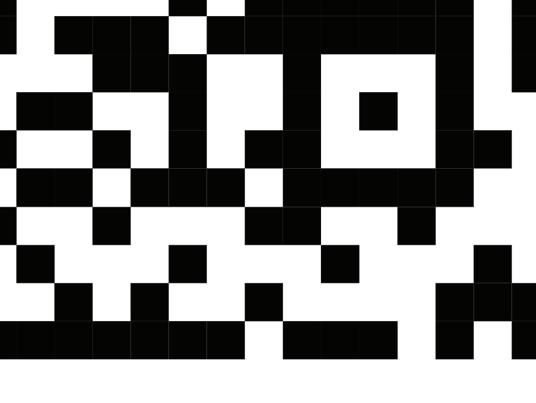
AUDIO STREAMING: FULL-LENGHT PAPER: https://www.academia.edu/99080166/_Social_Sustainability_as_a_tool_towards_Sustainable_Urban_Development_
References:
Aesthetics Research Lab, 2019, “Urban Planning and the Beautiful”, 23-03-2023, in: https://aestheticsresearch.com/2019/10/11/urban-planning-and-the-beautiful/ Architecture Workroom Brussels, 2021, “Week of Mobility 2021: School Streets in Action”, 02-02-2023, in: https://www.architectureworkroom.eu/en/news/4547/week-of-mobility-2021-schoolstreets-in-action
Avery, E., 2022, “Seven lessons for implementing social activities in rental housing”, Happy Cities, 27-02-2023, in: https://happycities.com/blog/seven-lessons-for-implementing-social-activities-for-neighbours-in-multi-unit-housing
Baldwin, E., 2022, “10 Actions to Improve Streets for Children”, 23-02-2023, in: https://www.archdaily.com/945350/10-actions-to-improve-streets-for-children
Barker, A., Holmes, G., Alam, R., Cape-Davenhill, L., Osei-Appiah, S., Warrington Brown, S., 2022, “What Makes a Park Feel Safe or Unsafe? The views of women, girls and professionals in West Yorkshire”, Home Office (Safer Streets Fund), 23-02-2023, in: https://eprints.whiterose.ac.uk/194214/1/Parks%20Report%20FINAL%207.12.2022.pdf
Blanc, F., Mulkowsky, K., Rotolo, M., 2021, “Reclaiming the streets: addressing the link between urban planning and structural inequality”, London School of Economics and Political Science, 23-02-2023, in: https://www.lse.ac.uk/research/research-for-the-world/society/reclaiming-the-streets-addressing-the-link-between-urban-planning-and-structural-inequality Bliss, L., 2015, “What Makes a City Beautiful?”, Bloomberg, 23-03-2023, in: https://www.bloomberg.com/news/articles/2015-02-27/alain-de-botton-argues-that-the-beauty-of-cities-is-objective-in-a-provocative-new-video
Büttner, B., Seisenberger, S., Baquero Larriva, M. T., Rivas De Gante, A. G., Haxhija, S., Ramirez, A., McCormick, B., Atanova, A, 2022, “Urban Mobility Next 9. - ±15-Minute City: Human-centred planning in action. Mobility for more liveable urban spaces”, EIT Urban Mobility, EU, 02-02-2023, in: https://www.eiturbanmobility.eu/wp-content/uploads/2022/11/EIT-UrbanMobilityNext9_15-min-City_144dpi.pdf A
Chakraborty, R., 2020, “Making of a Place: Productive Collision between a Practice and a Passionate Community”, 02-02-2022, in: https://worldarchitecture.org/architecture-news/efeev/making-of-a-place-productive-collision-between-a-practice-and-a-passionate-community.html
Chow, C., Chia, J., Zhan, M., 2018, “Integrating Land Use & Mobility: Supporting Sustainable Growth”, Centre for Liveable Cities, 22-02-2023, in: https://www.clc.gov.sg/docs/default-source/ urban-systems-studies/uss-integ-land-use-mobility.pdf
Clayton Jones, E., 2019, “Cities for women, by women”, Happy Cities, 23-02-2023, in: https://happycities.com/blog/cities-for-women-by-women
Clayton Jones, E., 2019, “Happy City wellbeing framework: Equity”, Happy Cities, 27-02-2023, in: https://happycities.com/blog/happy-city-wellbeing-framework-equity
Cleveland, T., 2019, “What makes a beautiful place?”, Happy Cities Digest, 23-03-2023, in: https://medium.com/happy-cities/aesthetics-matter-b4f514a1723b Cleveland, T., 2022, “How standards can enable more diversity in urban design”, Happy Cities, 27-02-2023, in: https://happycities.com/blog/how-standards-can-enable-more-diversity-inurban-design
Cozzolino, S., 2021, “On the spontaneous beauty of cities: neither design nor chaos”, URBAN DESIGN International, 23-03-2023, in: https://www.academia.edu/59247574/On_the_spontaneous_beauty_of_cities_neither_design_nor_chaos
Crowther, B., 2015, “How to Make an Attractive City”, The Urbanist, 23-03-2023, in: https://www.theurbanist.org/2015/03/10/how-to-make-an-attractive-city/
Cunha, A. d., 2023, “Aging Cities of the Future — How Urban Planning Can Factor In For Dementia”, Worldcrunch, 23-02-2023, in: https://worldcrunch.com/culture-society/urban-planning-and-alzheimers
Dalén, A., 2023, “What Does Gender Have to Do With Achieving Climate Neutrality? Everything!”, 27-02-2023, in: https://www.urbanet.info/gender-equality-and-achieving-climate-neutrality/ Davidson, J., 2023, “One Way to a Better City: Ask Disabled People to Design It”, 27-02-2023, in: https://www.curbed.com/2023/01/david-gissen-on-designing-cities-for-disability.html
Doan, P. L., 2015, “Planning and LGBTQ Communities the Need for Inclusive Queer Spaces”, Routledge
Doan, P. L., 2017, “Queerying Planning Challenging Heteronormative Assumptions and Reframing Planning Practice”, Routledge, 23-02-2023, in: https://www.researchgate.net/publication/263242339_Queerying_planning_challenging_heteronormative_assumptions_and_reframing_planning_practice
Douglas, G., 2022, “Displacemaking: Finding Place among the Architectures of Exclusion”, 02-02-2023, in: https://arcade.stanford.edu/content/displacemaking-finding-place-among-architectures-exclusion
Enfield Dispatch, 2022, “Locations for ten new ‘school streets’ confirmed”, 02-02-2023, in: https://enfielddispatch.co.uk/locations-for-ten-new-school-streets-confirmed Equality and Human Rights Commission, 2009, “Gypsies and Travellers: simple solutions for living together” European Commission, 2022, “European Green Deal: Commission proposes rules for cleaner air and water”, 02-02-2023, in: https://ec.europa.eu/commission/presscorner/detail/en/ip_22_6278 European Environment Agency, 2022, “Towards zero pollution in Europe”, 02-02-2023, in: https://www.eea.europa.eu/signals/signals-2020/articles/towards-zero-pollution-in-europe Fairs, M., 2017, “Survey of top architecture firms reveals ‘quite shocking’ lack of gender diversity at senior levels”, 23-02-2023, in: https://www.dezeen.com/2017/11/16/survey-leading-architecture-firms-reveals-shocking-lack-gender-diversity-senior-levels/
Gan, D. R. Y., Trivic, Z., 2021, “Ageing and dementia-friendly urban design: New directions for interdisciplinary research”, Journal of Urban Design and Mental Health, 23-02-2023, in: https:// www.urbandesignmentalhealth.com/journal-7-editorial.html
Gattupalli, A., 2022, “How Public Art Shapes Cities”, ArchDaily, in: https://www.archdaily.com/988446/how-public-art-shapes-cities
García-Doménech, S., 2015, “Urban Aesthetics and Social Function of Actual Public Space: A Desirable Balance”, Theoretical and Empirical Researches in Urban Management, 23-03-2023, in: https://um.ase.ro/no104/4.pdf
Gill, T., 2021, “Urban Playground: How Child-Friendly Planning and Design Can Save Cities”, RIBA Publishing Glaser, M., Hoff, M. v. ‘t, Karssenberg, H., Laven, J., Teeffelen, J. v., 2012, “The city at the eye level”, STIPO, Eburon Academic Publishers, 27-02-2023, in: https://thecityateyelevel.com/app/uploads/2018/06/eBook_The.City_.at_.Eye_.Level_English.pdf
Global Designing Cities Initiative, 2020, “Designing Streets for Kids”, National Association of City Transportation Officials, Island Press
Global Designing Cities Initiative, 2022, “How to implement street transformations: A focus on pop-up and interim road safety projects”, 02-02-2023, in: https://www.c40knowledgehub.org/s/ article/How-to-implement-street-transformations-A-focus-on-pop-up-and-interim-road-safety-projects?language=en_US&gclid=Cj0KCQjwteOaBhDuARIsADBqRehFx608Gnpf4wHaicBaXj42MxT9n6RBUlKnccPQH3-uQENCV-EB9EoaAt1YEALw_wcB
Goddeeris, L., 2020, “Just Released: Problem Solving through Arts and Cultural Strategies”, ICMA, 02-02-2023, in: https://icma.org/articles/article/just-released-problem-solving-through-artsand-cultural-strategies
Hoof, J. v., Kazak, J. K., Perek-Białas, J. M., Peek, S. T. M., 2018, “The Challenges of Urban Ageing: Making Cities Age-Friendly in Europe”, International Journal of Environmental Research and Public Health MDPI, 23-02-2023, in: https://www.ncbi.nlm.nih.gov/pmc/articles/PMC6266083/
Kent, F., Madden, K., 2022, “Bollards: How They Add to Our Social Life in Communities”, Social Life Project, 22-02-2023, in: https://www.sociallifeproject.org/bollards-mental-speed-bumpsand-gateways-to-your-community/
Kent, F., Madden, K., 2022, “Focal Points are Essential for Public Spaces”, Social Life Project, 23-02-2023, in: https://www.sociallifeproject.org/focal-points-from-around-the-world/
Kent, F., Madden, K., 2022, “Let’s Put a Bench on Every Street Corner”, Social Life Project, 22-02-2023, in: https://www.sociallifeproject.org/the-corner-bench/
Kent, F., Madden, K., Davies, St., 2021, “Build Back Better, Together: 11 Transformative Agendas to Restore Social Life in Your Community”, Social Life Project, 23-02-2023, in: https://www. sociallifeproject.org/11-ways-to-reinvigorate-towns-cities-everywhere/
Kent, F., Madden, K., Davies, St., 2021, “Throwing (Good) Shade for Placemaking”, Social Life Project, 23-02-2023, in: https://www.sociallifeproject.org/shade-trees-awnings-placemaking/ Kent, F., Madden, K. Davies, St., Tomasso, A., 2021, “How Placemaking and Social Life are Helping Win the Climate War - 11 Ways”, Social life project, 22-02-2023, in: https://www.sociallifeproject.org/how-focusing-on-social-life-helps-win-the-climate-war/
Kent, F., Madden, K., Walljasper, J., 2020, “Turn Places ‘Inside Out’ to Revive Social Connection and Local Economies”, Social Life Project, 22-02-2023, in: https://www.sociallifeproject.org/ turning-communities-inside-out/
Lancharro, B. C., Chevalie, O., Cordero, H., 2022, “Urban Green Infrastructure: a solution to climate challenges”, Ciudades Sostenibles, 02-02-2023, in: https://blogs.iadb.org/ciudades-sostenibles/ en/urban-green-infrastructure-a-solution-to-climate-challenges/
Manasan, A., 2019, “How urban design can help people with dementia navigate neighborhoods and public spaces”, 23-02-2023, in: https://www.cbc.ca/radio/spark/how-urban-design-canhelp-people-with-dementia-navigate-neighbourhoods-and-public-spaces-1.5298810
Mastoraki, X., 2012, “The perception and formation of the Landscape through Time and Space”, 23-02-2023, in: https://www.academia.edu/2096014/The_perception_and_formation_of_the_ Landscape_through_Time_and_Space
Michail, N., Ozbil, A., Parnell, R., Wilkie, St., 2021, “Children’s Experiences of Their Journey to School: Integrating Behaviour Change Frameworks to Inform the Role of the Built Environment in Active School Travel Promotion”, International Journal of Environmental Research and Public Health MDPI, 23-02-2023, in: https://www.mdpi.com/1660-4601/18/9/4992
Mitchell, L., Burton, E. J., Raman, S., 2004, “Dementia-friendly cities: Designing intelligible neighbourhoods for life, Journal of Urban Design”, in: https://www.researchgate.net/publication/216354800_Dementia-friendly_cities_Designing_intelligible_neighbourhoods_for_life
Montgomery, C., 2013, “Upcycled urbanism: Street hacking with MOV”, Happy Cities, 23-02-2023, in: https://happycities.com/blog/upcycling-street-participatory-city-hack-museum-vancouver
Montgomery, C., 2021, “It’s time to re-happy the city!”, Happy Cities, 27-02-2023, in: https://happycities.com/blog/its-time-to-re-happy-the-city
Montgomery, C., 2023, “What is urban experimentalism?”, Happy Cities, 23-02-2023, in: https://happycities.com/blog/urban-experimentalism
Moreira, S., 2021, “What Is Placemaking?”, 02-02-2023, in: https://www.archdaily.com/961333/what-is-placemaking
Morrison, J., 2019, “8 great digital placemaking projects from around the globe”, Calvium, in: https://calvium.com/8-great-digital-placemaking-projects-around-globe/ Naeem, Sh., Duffy, J. E., Zavaleta, E., 2012, “The Functions of Biological Diversity in an Age of Extinction”, 02-02-2023, in: https://www.science.org/doi/10.1126/science.1215855
National Integrated Heat Health Information System, 2021, “About Urban Heat Islands”, 02-02-2023, in: https://www.heat.gov/pages/urban-heat-islands
Nia, H. A., 2021, “The Role of Urban Aesthetics on Enhancing Vitality of Urban Spaces”, 23-03-2023, in: https://www.researchgate.net/publication/357969818_The_Role_of_Urban_Aesthetics_on_Enhancing_Vitality_of_Urban_Spaces
North Norfolk District Council, 2018, “Landscape & Green Infrastructure”, 02-02-2023, in: https://designguide.north-norfolk.gov.uk/sections/residential-development/landscape-green-infrastructure/
OECD, 2018, “Rethinking Urban Sprawl: Moving towards Sustainable Cities”, 02-02-2023, in: https://www.oecd.org/environment/tools-evaluation/Policy-Highlights-Rethinking-Urban-Sprawl. pdf
Pierik, H. J., 2021, “Landscape changes and human–landscape interaction during the first millennium AD in the Netherlands”, Cambridge University Press, 22-02-2023, in: https://www.cambridge.org/core/journals/netherlands-journal-of-geosciences/article/landscape-changes-and-humanlandscape-interaction-during-the-first-millennium-ad-in-the-netherlands/3664067EC3153C9C9B99EBB4871CB770
Premsagar, S., 2022, “The Contribution of Design Principles and Aesthetics to Sustainable Cities”, URBAN DESIGN LAB, 23-03-2023, in: https://urbandesignlab.in/the-contribution-of-design-principles-and-aesthetics-to-sustainable-cities/?utm_source=rss&utm_medium=rss&utm_campaign=the-contribution-of-design-principles-and-aesthetics-to-sustainable-cities Qin, Y., McBain, A., Channell, J. Curmi, El., Smart, G., McKinnon, E., Miller, A. Zabey, E., Poujade, R. Al., Boyle, K., 2021, “Biodiversity: The Ecosystem at the Heart of Business. Citi GPS: Global Perspectives & Solutions”, 02-02-2023, in: https://www.citifirst.com.hk/home/upload/citi_research/Biodiversity.pdf
Rani, R. S., 2020, “How Oakland Got Real about Equitable Urban Planning”, We Are Not Divided, 23-02-2023, in: https://wearenotdivided.reasonstobecheerful.world/oakland-essential-places-covid-urban-planning-equity/
Ray, B., 2003, “The Role of Cities in Immigrant Integration”, Migration Policy Institute, 27-02-2023, in: https://www.migrationpolicy.org/article/role-cities-immigrant-integration
Reardon, M., 2020, “Can we design more trusting public spaces?”, Happy Cities, 27-02-2023, in: https://happycities.com/blog/can-we-design-more-trusting-public-spaces
Reardon, M., Avery, E., Elokda, H., 2023, “Community engagement is failing us. Here’s how to fix it”, Happy Cities, 27-02-2023, in: https://happycities.com/blog/how-to-include-more-people-in-community-engagement
Rennert, L., 2020, “Black Women in Planning: Where Are We?”, London School of Economics and Political Science, 23-02-2023, in: https://blogs.lse.ac.uk/progressingplanning/2020/12/14/ black-women-in-planning-where-are-we/
Rutten, K., 2020, “When will Britain plan for racial justice?”, London School of Economics and Political Science, 23-02-2023, in: https://blogs.lse.ac.uk/progressingplanning/2020/12/14/whenwill-britain-plan-for-racial-justice/
Sadik-Khan, J., 2020, “Streets for Pandemic Response & Recover”, National Association of City Transportation Officials, Global Designing Cities Initiative, 22-02-2023, in: https://nacto.org/ wp-content/uploads/2020/09/Streets_for_Pandemic_Response_Recovery_Full_20-09-24.pdf
School Streets Ottawa, 2021, “What is a School Street?”, 02-02-2023, in: https://schoolstreetsottawa.ca/2021/12/30/what-is-a-school-street/
Schupbach, J., 2012, “Defining Creative Placemaking.”, 02-02-2023, in: https://www.arts.gov/stories/magazine/2012/3/arts-and-culture-core/defining-creative-placemaking Siroliya, Y., 2022, “Public Spaces an Urban Catalyst Transforming Cities, Rethinking the future”, 22-02-2023, in: https://www.re-thinkingthefuture.com/rtf-fresh-perspectives/a1254-public-spaces-an-urban-catalyst-transforming-cities/
Sustainability for All, 2019, “How Are Accessible Cities?”, 27-02-2023, in: https://www.activesustainability.com/construction-and-urban-development/how-are-accessible-cities/?_ adin=02021864894
The Prakriti Story, 2021, “Urban Heat Island Effect and how to mitigate their effects!”, 02-02-2023, in: https://theprakritistory.com/urban-heat-island-effect-and-how-to-mitigate-their-effects/ The Traveller Movement, 2016, “Impact of insecure accommodation and the living environment on Gypsies’ and Travellers’ health”, in: https://assets.publishing.service.gov.uk/government/ uploads/system/uploads/attachment_data/file/490846/NIHB_-_Gypsy_and_Traveller_health_accs.pdf
The World Bank, 2022, “What You Need to Know About Nature-Based Solutions to Climate Change”, 02-02-2023, in: https://www.worldbank.org/en/news/feature/2022/05/19/what-youneed-to-know-about-nature-based-solutions-to-climate-change
The World Bank, 2022, “Urban Development”, 02-02-2023, in: https://www.worldbank.org/en/topic/urbandevelopment/overview
Tomitsch, M., 2021, “New Ways of Seeing Light: Media Architecture and Digital Placemaking”, Design at Sydney, 02-02-2023, in: https://medium.com/design-at-sydney/new-ways-of-seeinglight-media-architecture-and-digital-placemaking-4315f7d8929
Transport for NSW, 2023, “Great Public Spaces Guide”, 23-02-2023, in: https://www.transport.nsw.gov.au/industry/cities-and-active-transport/cities-revitalisation-and-place/great-public-spaces-toolkit-0
United Nations, 2022, “Biodiversity - our strongest natural defense against climate change”, 02-02-2023, in: https://www.un.org/en/climatechange/science/climate-issues/biodiversity United Nations Human Settlements Programme (UN-Habitat), 2020, “World Cities Report 2020. The Value of Sustainable Urbanization. Key Findings and Messages”, United Nations Human Settlements Programme (UN-Habitat), 23-02-2023, in: https://unhabitat.org/sites/default/files/2020/11/world_cities_report_2020_abridged_version.pdf
United Nations Human Settlements Programme (UN-Habitat), 2022, “World Cities Report 2022”, 27-02-2023, in: https://unhabitat.org/sites/default/files/2022/06/wcr_2022.pdf
Walljasper, J., 2022, “Social Life, How it Helps Shape the Future of our Communities?”, Social Life Project, 23-02-2023, in: https://www.sociallifeproject.org/social-life-jay-walljasper/ Walnycki, A., 2014, “Introduction to urban poverty”, International Institute for Environment and Development, 27-02-2023, in: https://www.iied.org/introduction-urban-poverty
Weidmann, M., 2021, “The Importance of Placemaking: Public Art’s Role in Returning Communities in Work and Play”, NINE dot ARTS, 02-02-2023, in: https://artbusinessnews.com/2021/07/ the-importance-of-placemaking-public-arts-role-in-returning-communities-in-work-and-play/ World Health Organization, 2017, “Urban green spaces: a brief for action”, 23-02-2023, in: https://www.euro.who.int/__data/assets/pdf_file/0010/342289/Urban-Green-Spaces_EN_WHO_ web3.pdf
Wood, J., 2019, “This is why attractive cities do better economically”, World Economic Forum, 23-03-2023, in: https://www.weforum.org/agenda/2019/06/this-is-why-attractive-cities-do-better-economically/?DAG=3&gclid=Cj0KCQjwn9CgBhDjARIsAD15h0Dmsvr9AK30deIpr61TLYDqUA7fH7vj9XmyLb7j2aMT0CxzqYMWSrUaAmMuEALw_wcB



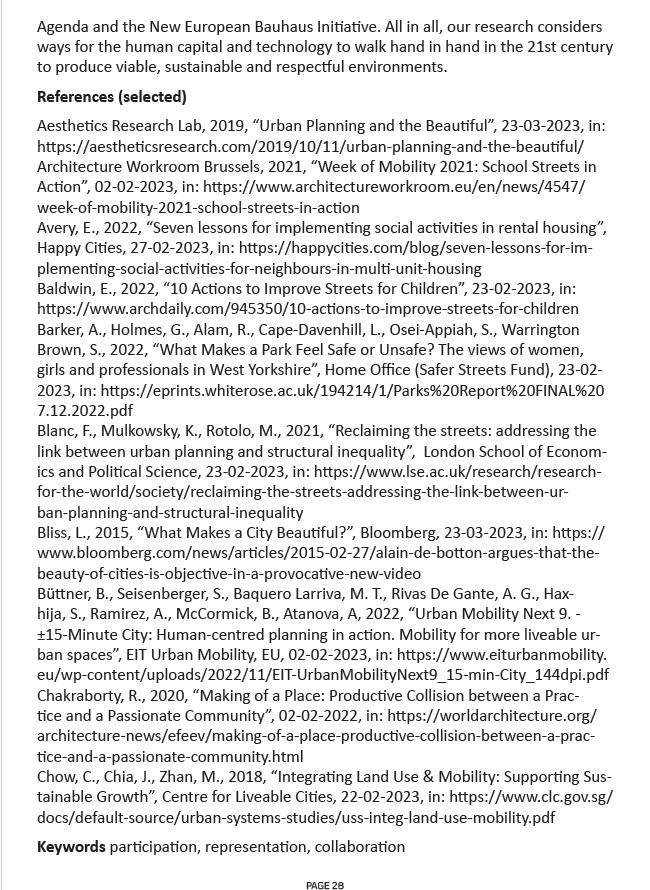



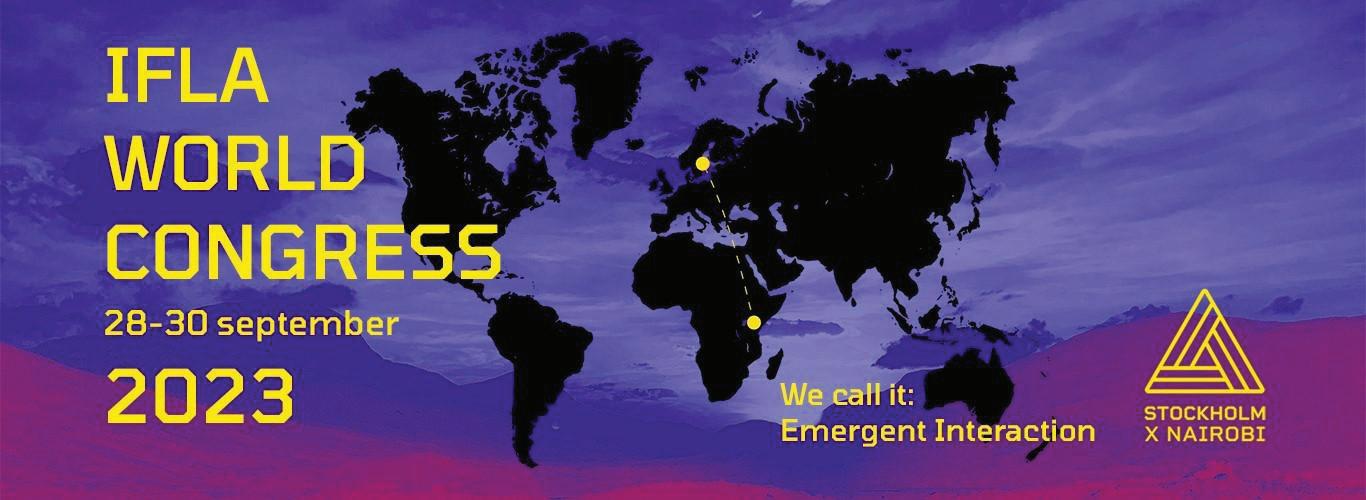
 Photo by Brittani Burns on Unsplash
Photo by Brittani Burns on Unsplash
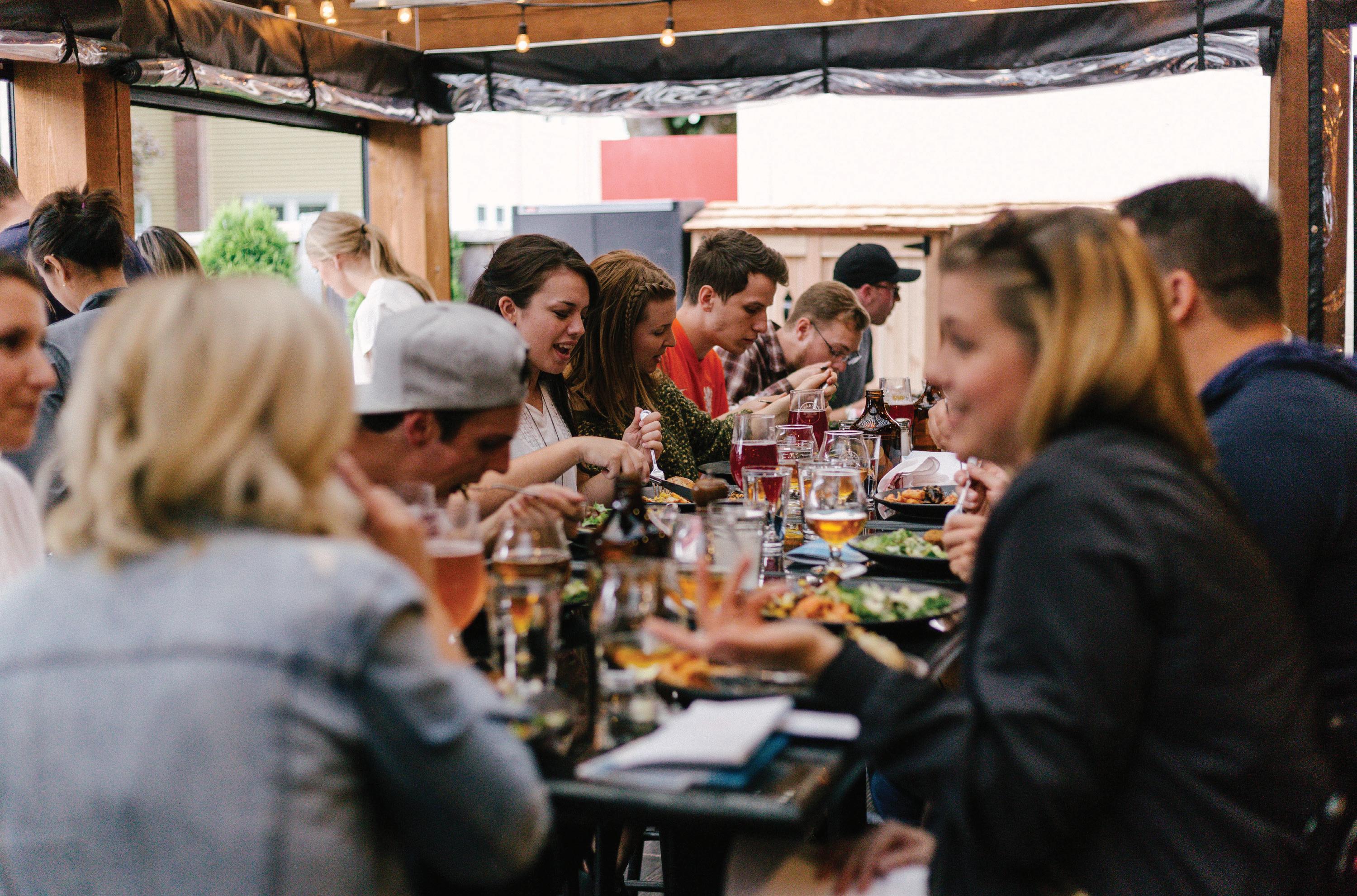 Photo by Priscilla Du Preez on Unsplash
Photo by Priscilla Du Preez on Unsplash

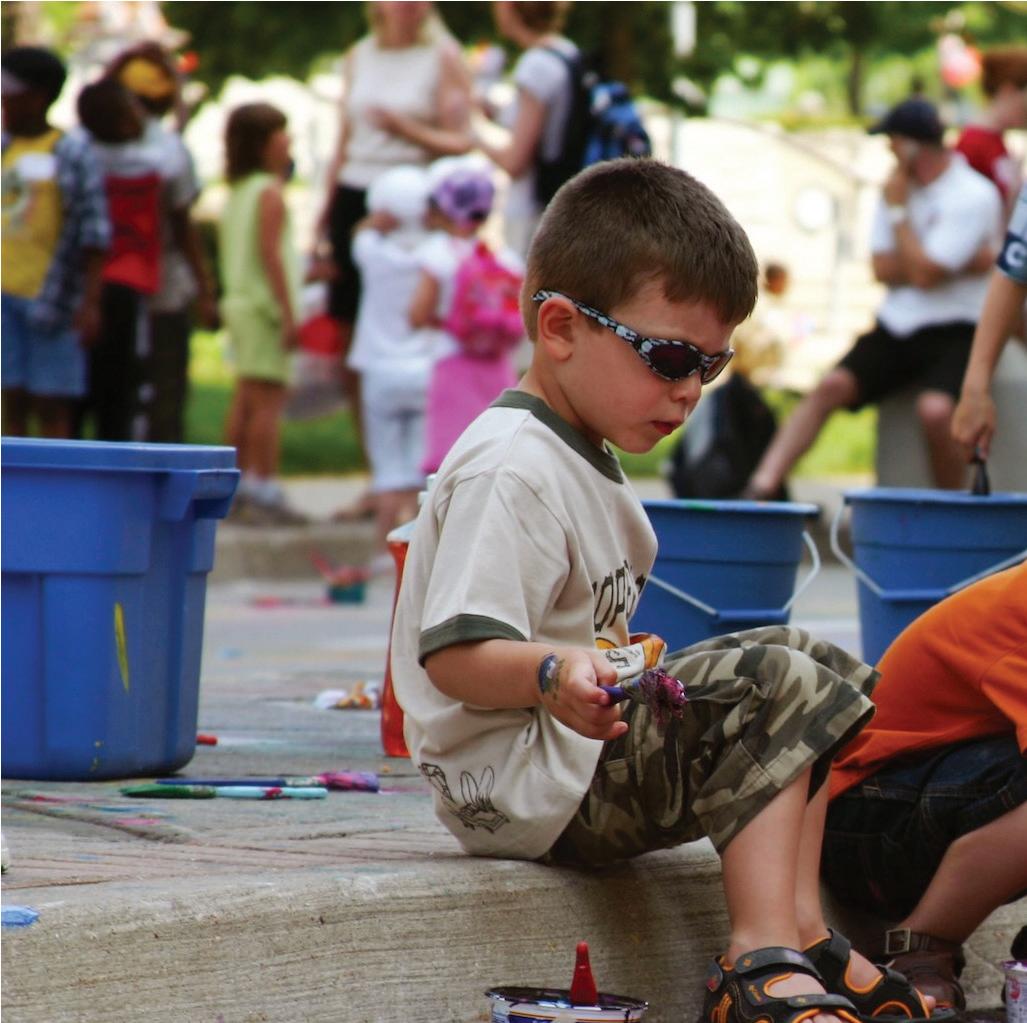
 Photo by Clay Banks on Unsplash
Photo by Clay Banks on Unsplash
 Photo: Social Life Project
Photo: Social Life Project
 Photo by Rodrigo Curi on Unsplash
Photo by Rodrigo Curi on Unsplash

 Photo by Cole Patrick on Unsplash
Photo by Cole Patrick on Unsplash
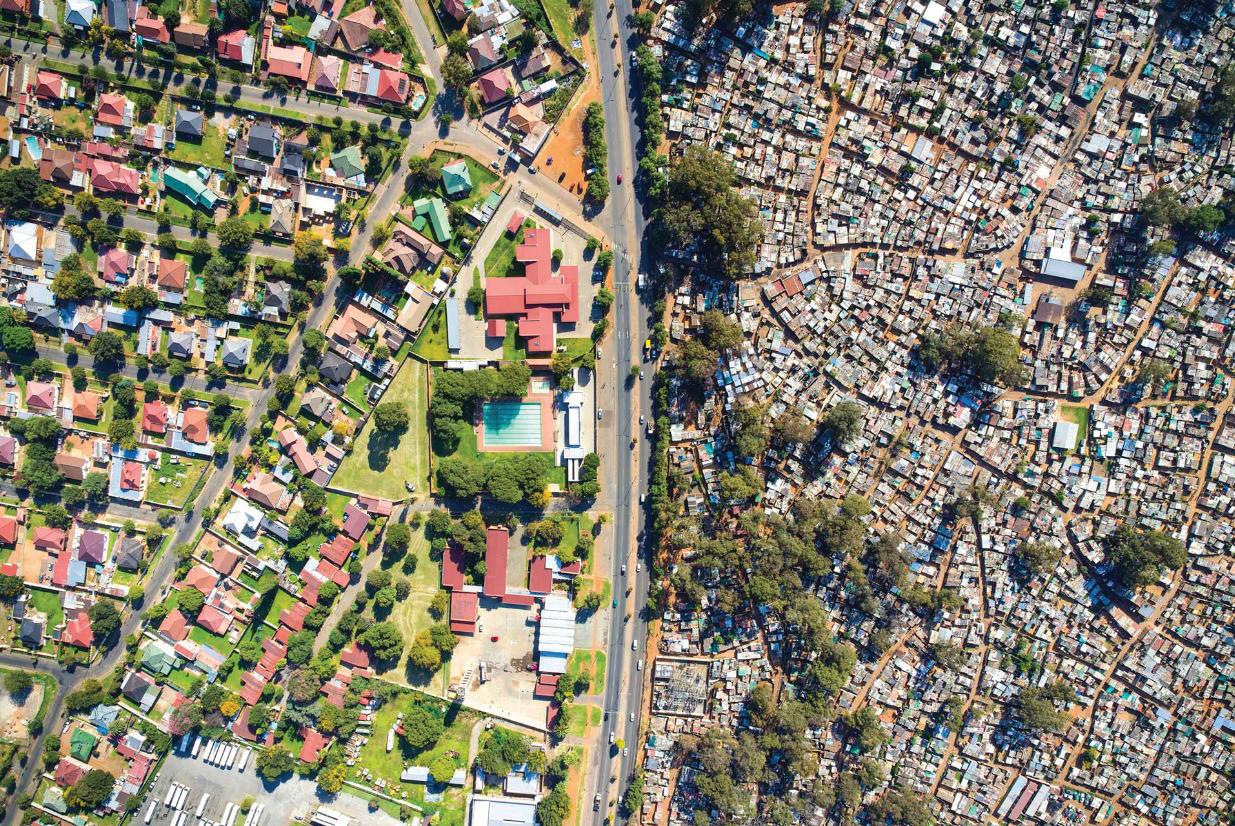 Photo: unequalscenes, Johannesburg, South Africa
Photo: unequalscenes, Johannesburg, South Africa
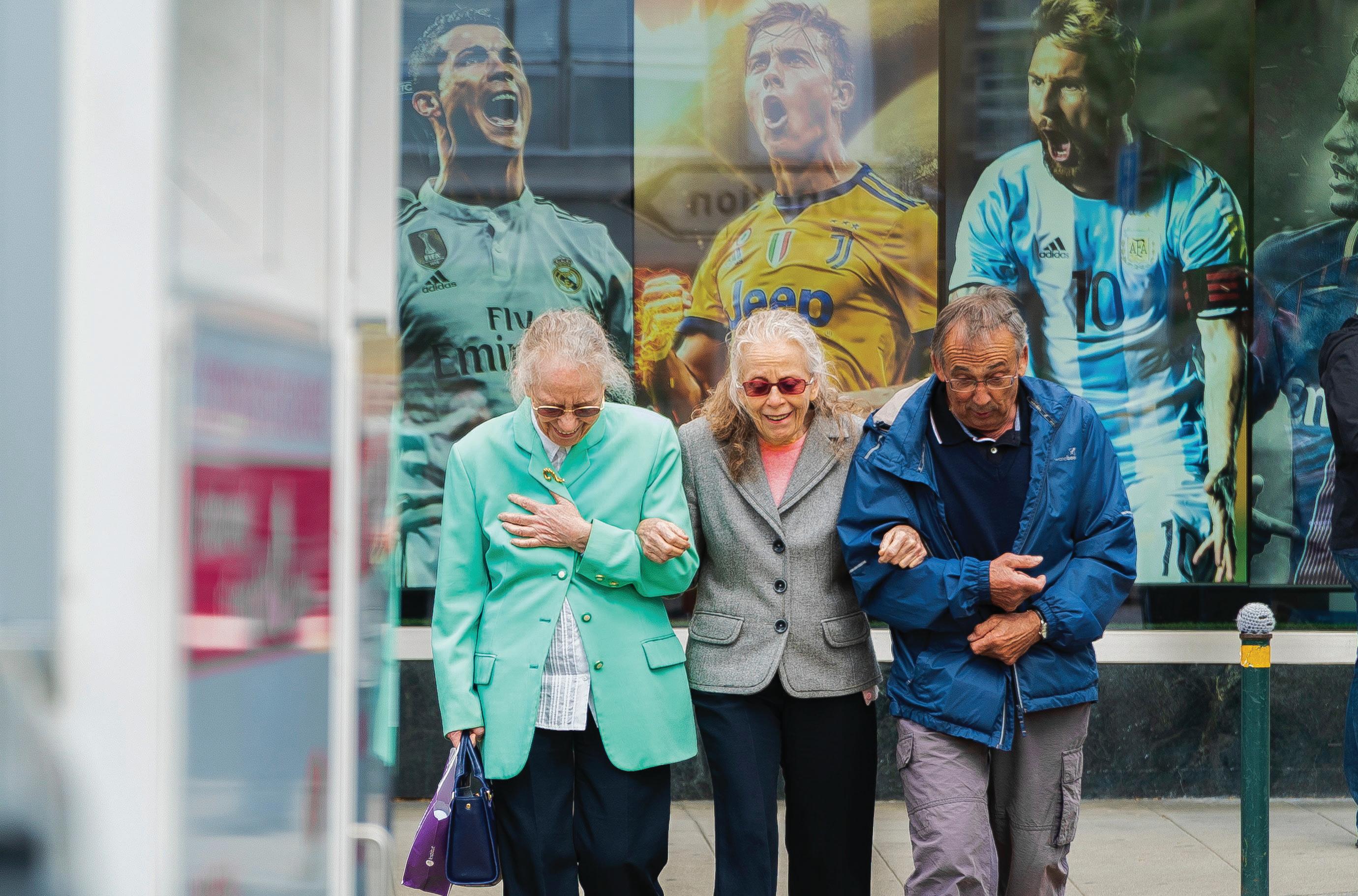 Photo by Philippe Leone on Unsplash
Photo by Philippe Leone on Unsplash
 Photo by Robert Ruggiero on Unsplash
Photo by Robert Ruggiero on Unsplash
 Photo by LOGAN WEAVER | @LGNWVR on Unsplash
Photo by LOGAN WEAVER | @LGNWVR on Unsplash









